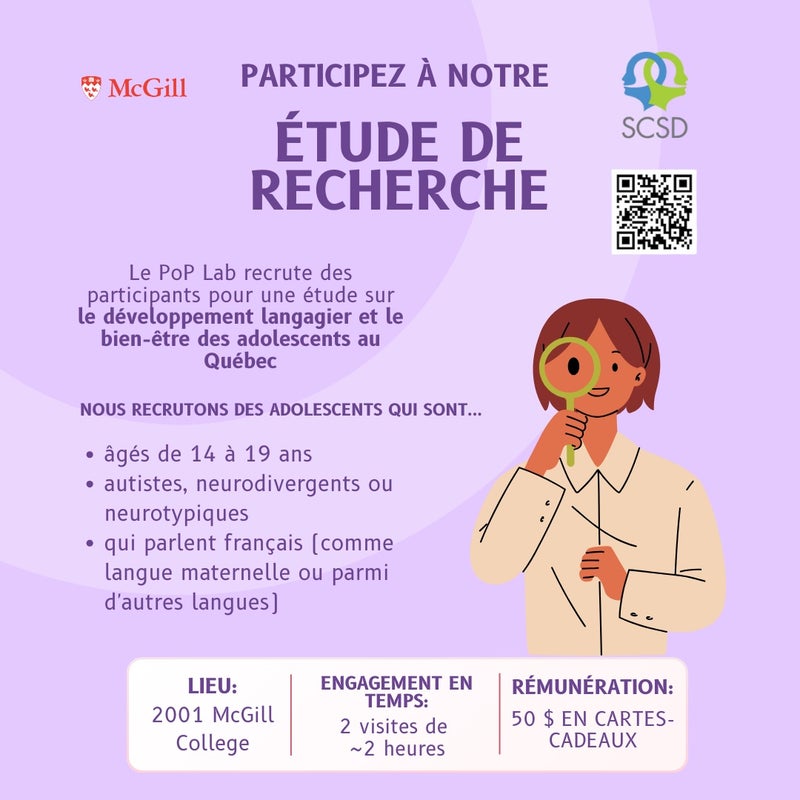New space aims to reduce anxiety and promote engagement for deaf and hard of hearing children
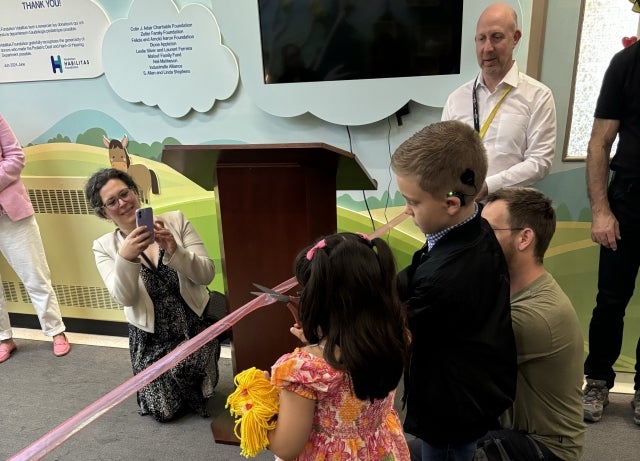
When 4-month-old Zachary Holbrough and his family first arrived at the original Lethbridge-Layton-Mackay Rehabilitation Centre’s Pediatric Deaf and Hard of Hearing Wing some nine years ago, they were met by a team of speech and language pathologists, audiologists, social workers and other professionals eager to help the family through those uncertain times.
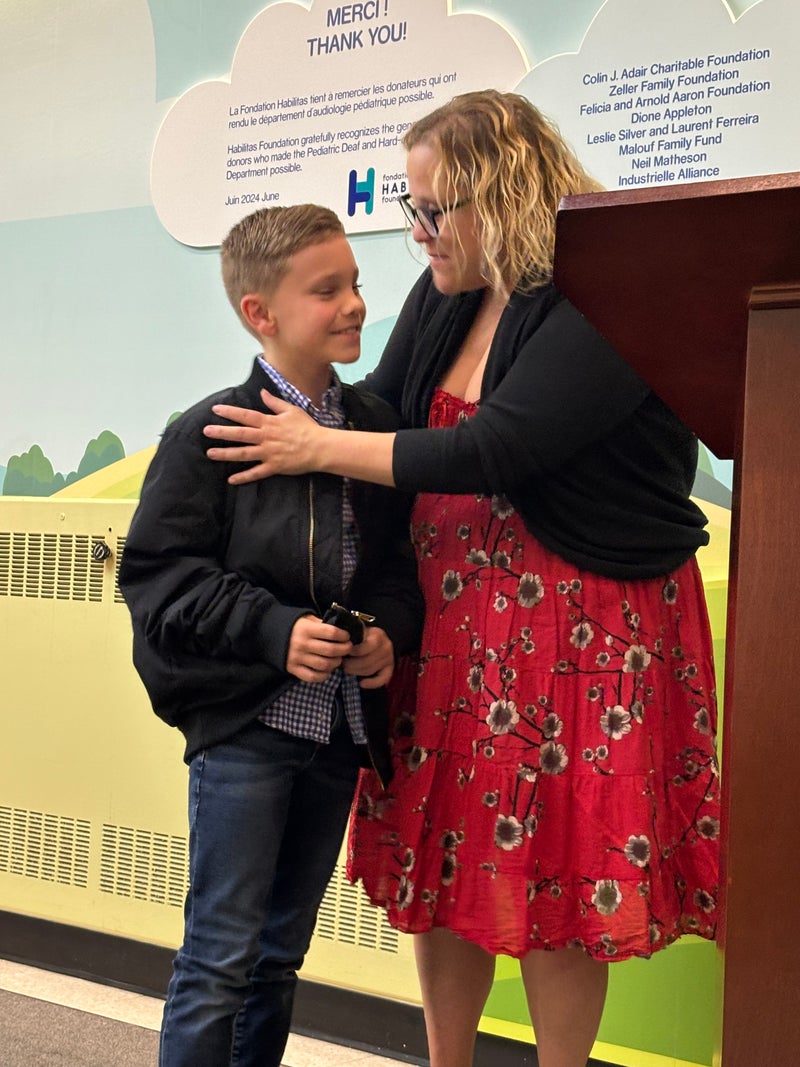
Zachary and his mother Elaine Dix-Holbrough visit the newly updated Pediatric Deaf and Hard of Hearing Wing at the Lethbridge-Layton-Mackay Rehabilitation Centre on June 12.
The walls, however, were not as welcoming, largely bare and without any life.
That has all changed thanks to a $300,000 makeover undertaken by the Habilitas Foundation that has turned the space into one “among the most inviting in the city.”
“The halls now reflect the people and the vision of what the people here work for,” said Zachary’s mother Elaine Dix-Holbrough. “The hallways reflect their hearts and the love and care children like Zachary receive from the staff.”
Immediately upon exiting the third-floor elevators, visitors proceed to a waiting area featuring interactive three-dimensional trees and animals that light up the room and adjacent hallways. It is all set against colourful nature and city scenes.
“It’s a beautiful and feel-good project,” said Theodora Brinckman, executive director of the Habilitas Foundation. “In our buildings that are old and aging, we are being creative in the way that we’re elevating them and making them a space that works without having to redo it all. It becomes an efficient way to do things.”
The space, which hadn’t previously been renovated in over a decade, also features unique lighting, acoustics and paneling aimed at reducing anxiety for patients and promoting engagement.
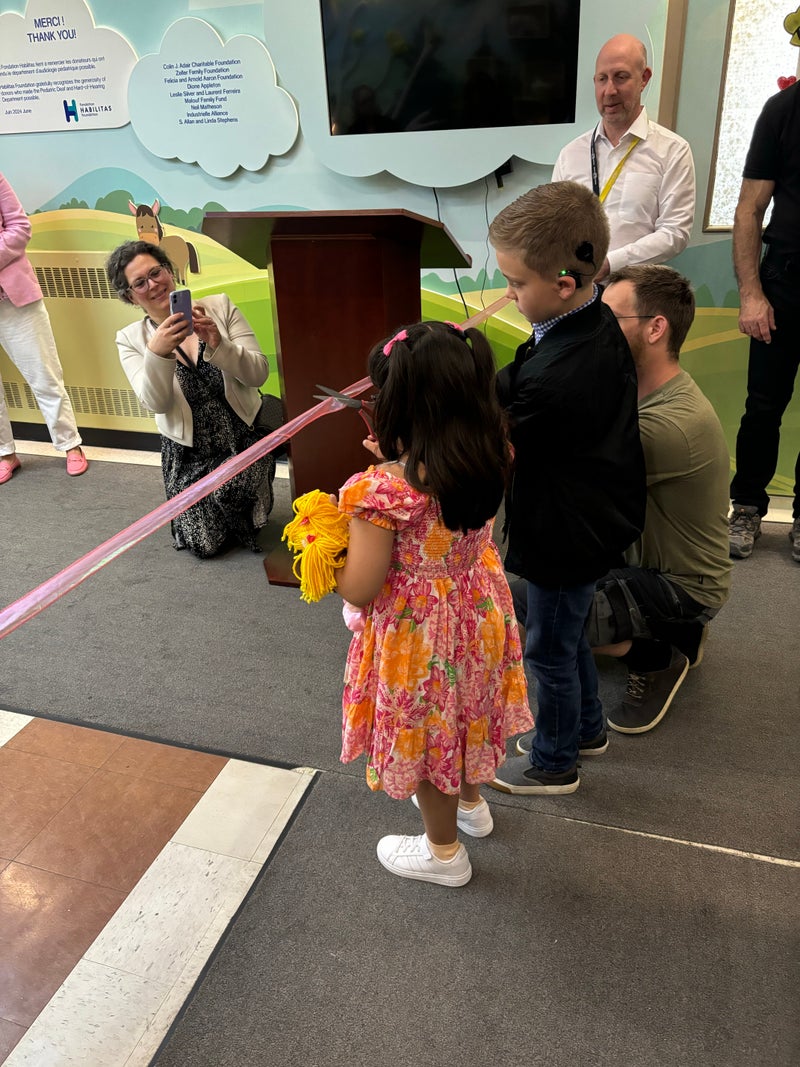
The ribbon cutting ceremony inaugurated the newly updated Pediatric Deaf and Hard of Hearing Wing on June 12.
“It’s very stressful for families,” said Brinckman. “For a child or parent waiting on a diagnosis, this elevates the whole experience and makes the child more open to what’s coming. If we can make that environment more relaxed for the children, they will be less scared and closed up. It is lifting up the whole child, and not just the physical part of them.”
More changes are to come. Murals, including one of the American Sign Language (ASL) alphabet, are expected soon in a continued effort to build vocabulary and develop sounds and words through play.
While Zachary, currently in third grade at Willingdon Elementary School, now only visits the building once every three months or so, he is happy to know that other children will benefit from the new and improved space.
“It is really beautiful what they have done,” he said.
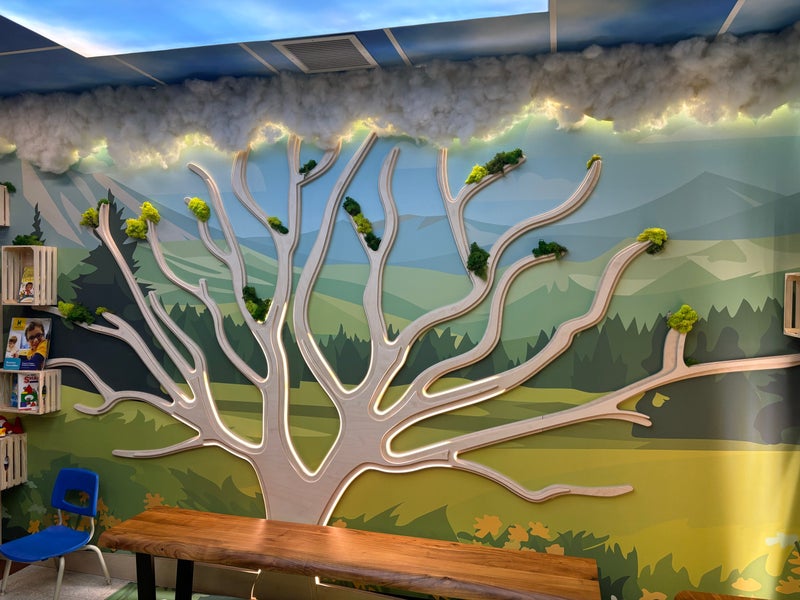
The waiting area features interactive three-dimensional trees and animals that light up the room and adjacent hallways, all set against colourful nature and city scenes.


